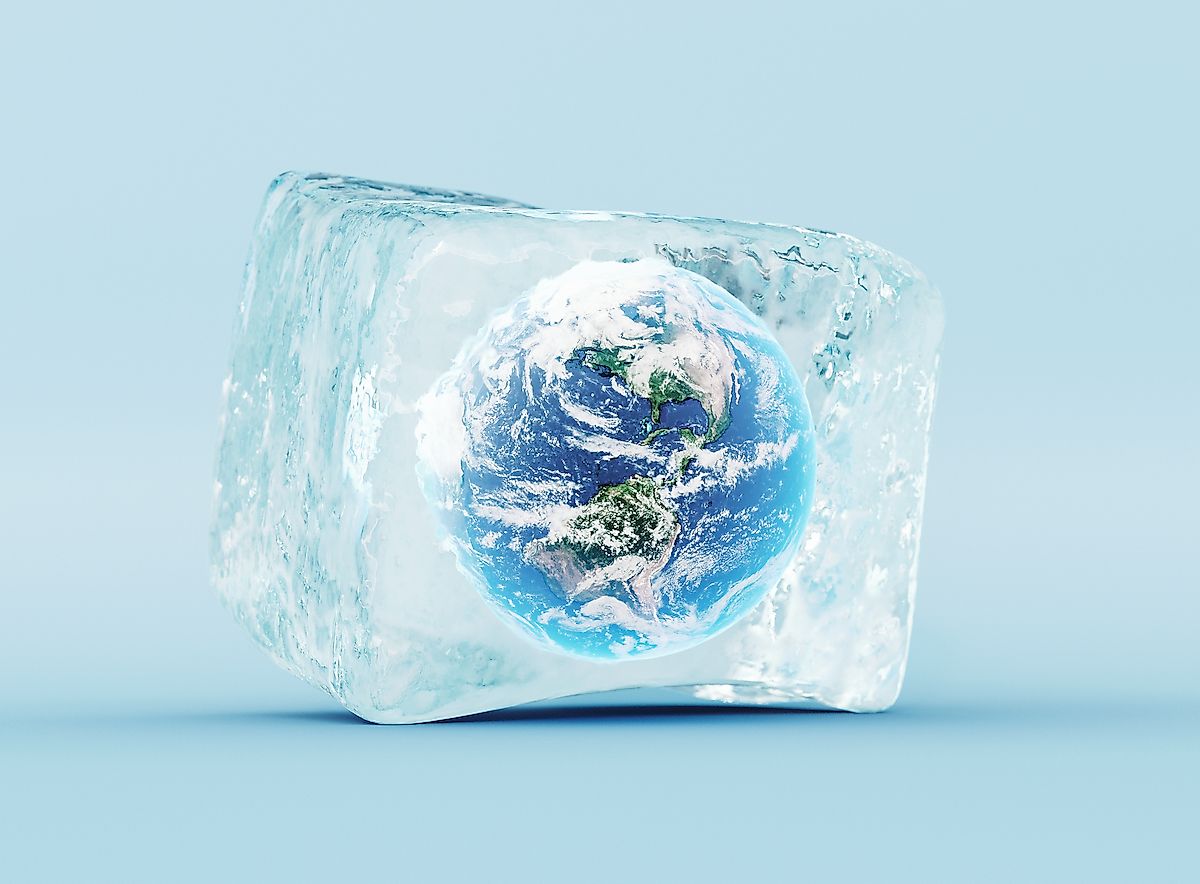
Ice Age
Throughout history, Ice Ages have shaped the Earth's landscape and biodiversity. Ice Ages happen when Earth's climate is colder for extended periods. This results in glacial expansion that can last millions of years. While today many people know about ice ages, this wasn't always the case. The Ice Age theory has beginnings hundreds of years ago in Europe. Today scientists know the Earth went through at least four major ice ages.
What Is An Ice Age?
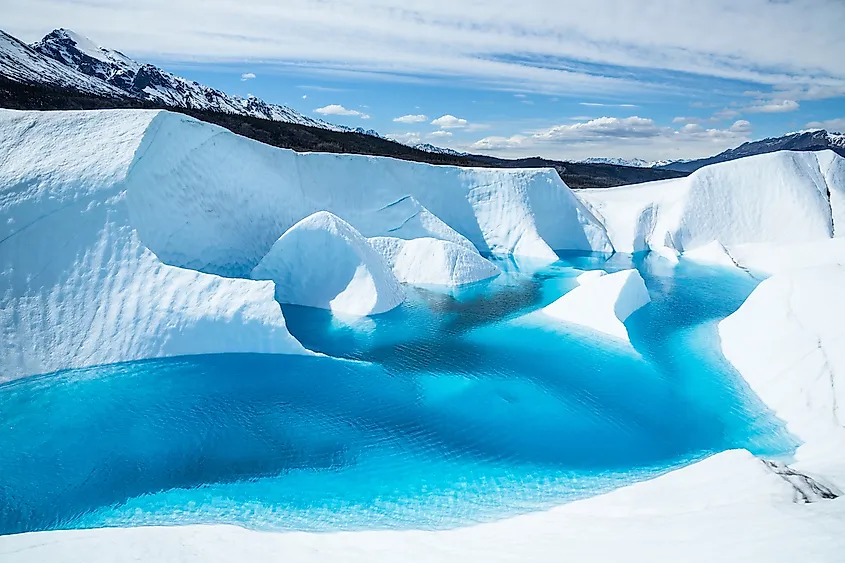
An Ice Age, also known as a glacial age, happens when Earth's surface and atmospheric temperatures remain low for an extended period, stretching over millions of years. This results in changes to the Earth, including the expansion of continental ice sheets, polar ice sheets, and alpine glaciers. Normally when people talk about the ice age, they refer to the most recent one that resulted in extensive ice sheets covering the North American and Eurasian continents. Ice Ages are also divided into two periods, glacials and interglacials. During a glacial period, the temperatures are colder, whereas, during an interglacial period, temperatures are warmer.
Origins Of The Ice Age Theory

The concept of the Ice Age theory can be traced to hundreds of years ago in Europe when people noticed the shrinking of the glaciers in the Alps. This idea was common knowledge amongst some alpine regions of Europe. While no single person is officially responsible for the Ice Age theory, it is often credited to the 19th-century Swiss geologist Louis Agassiz.
Agassiz found evidence in rocks of glacial activity from a period of destructively cold climate. In some parts of Europe, this was a groundbreaking idea. Some people believed that a big flood had killed off larger animals, such as the wooly mammoth. At this stage of the Ice Age theory's development, only the most recent Ice Age was being studied. The idea that there were multiple global winters wasn't established until the end of the century.
Evidence For The Theory
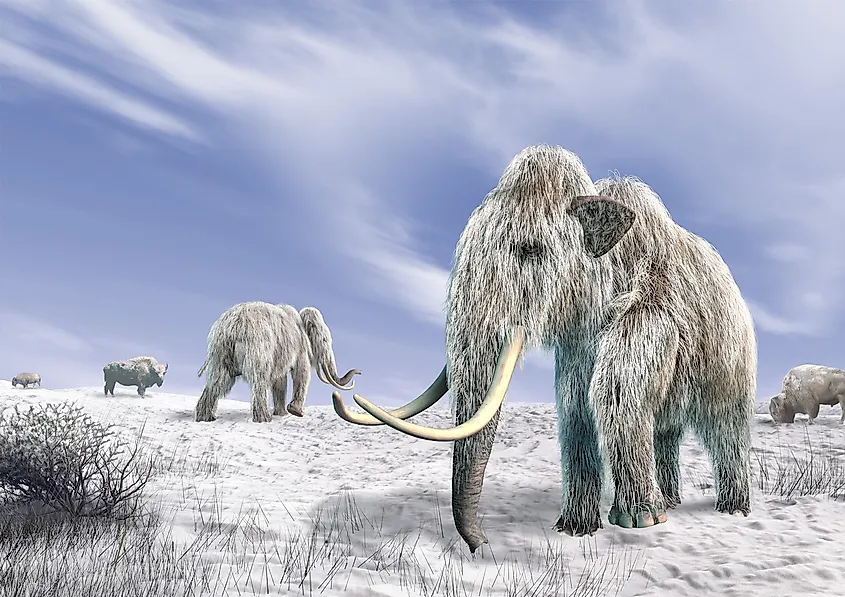
Three different types of evidence - geological, chemical, and paleontological - were found, which provided insight into the Ice Age theory. Each type of evidence allows scientists to study a different aspect of the ice ages.
Geological Evidence
Geological evidence looks at rocks and minerals for clues about where glaciers might have been. Types of geological evidence include rock scouring and scratching, glacial moraines, drumlins, valley cutting, and the deposition of till or tillites and glacial erratics. One problem with geological evidence is that multiple glaciations can erase and distort the rocks. This makes interpreting the evidence difficult. Geological evidence is also hard to date.
Early theories assumed early glacial periods were short and interglacial periods were long. However, scientists discovered the opposite was true; glacial periods are long, and interglacial periods are short. This finding can be credited to the use of sediment and ice core evidence.
Chemical Evidence
Chemical evidence also involves looking at rocks, more specifically fossils. Most chemical evidence specifically looks at ratios of isotopes in fossils. These fossils are in sediments and sedimentary rocks, and ocean sediment cores. Isotopes are one or more atoms of an element with different atomic masses and properties.
The chemical composition of isotopes in the ice cores gives scientists information about weather conditions from the time period of the fossil. For example, scientists construct a weather record by measuring the mass of the Isotopes. Water containing heavier isotopes has a higher heat of evaporation. As conditions get colder, the mass decreases.
Paleontological Evidence
Paleontological evidence looks at the location of the fossils and other rocks. Scientists can look at the geographical distribution of fossils to get information about the past climate. During a period of colder climate, fossils of cold-adapted organisms are at lower altitudes than normal. Organisms adapted to a warm climate are at an even lower altitude or become extinct. This type of evidence can be difficult to effectively understand. This is because it requires fossils and sediments covering a long period of time from various altitudes.
Important Changes to the Earth
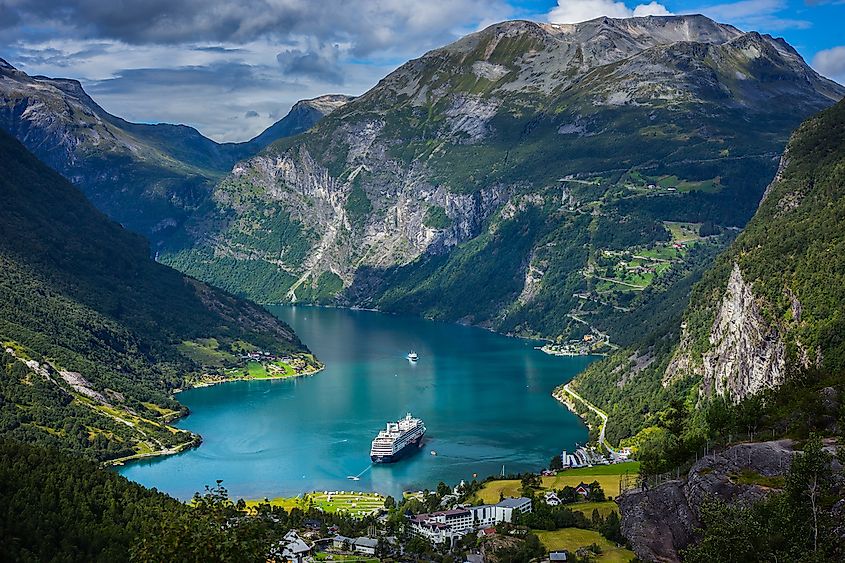
Ice Ages introduce major changes to the Earth's surface. Glaciers erode the landscape as their weight pushes into the Earth, moving rocks and carving out land. Changes in climate also changes the distribution of flora and fauna. The drop in sea levels following and Ice Age exposes more land, allowing rivers to carve out deeper valleys, creating inland lakes. During the warmer interglacial periods, the glaciers retreat, leaving behind scattered ridges of sediments. Any melted water left over creates new lakes.
Major Ice Ages
Most recent theories suggest the Earth has experienced at least four ice ages. Prior to this, scientists suspected the Earth was likely ice-free, even in higher altitude areas. Data from sediment cores shows changes in temperature over the last million years and fluctuating sequences of glacials and interglacials. This allows us to guess when each ice age took place.
Huronian Ice Age: The earliest suspected ice age happened between 2.7 and 2.3 billion years ago, during the early Proterozoic Eon, and is the Huronian Ice Age. Rather than a single glaciation event, the Huronian was a period of several ice ages, as evident in the Huronian Supergroup's deposition pattern.
The Huronian Supergroup was a group of different geological formations of the superior craton in Ontario and Quebec. Geological evidence for this ice age comes from glacial deposits identified in the stratigraphic record of the Huronian supergroup.
Karoo Ice Age: One of the earliest well-documented ice ages happened 850 to 630 million years ago, during the Cryogenian period. This Ice Age is one of the most severe and may have even produced snowball earth, which happens when a layer of ice covers the entire Earth. The snowball earth ended because of the accumulation of CO2 and other greenhouse gases produced by volcanoes.
Andean-Saharan Ice Age: The Andean- Saharan was a more recent, minor Ice Age that took place 460-430 million years ago. This Ice Age took place during the Late Ordovician period.
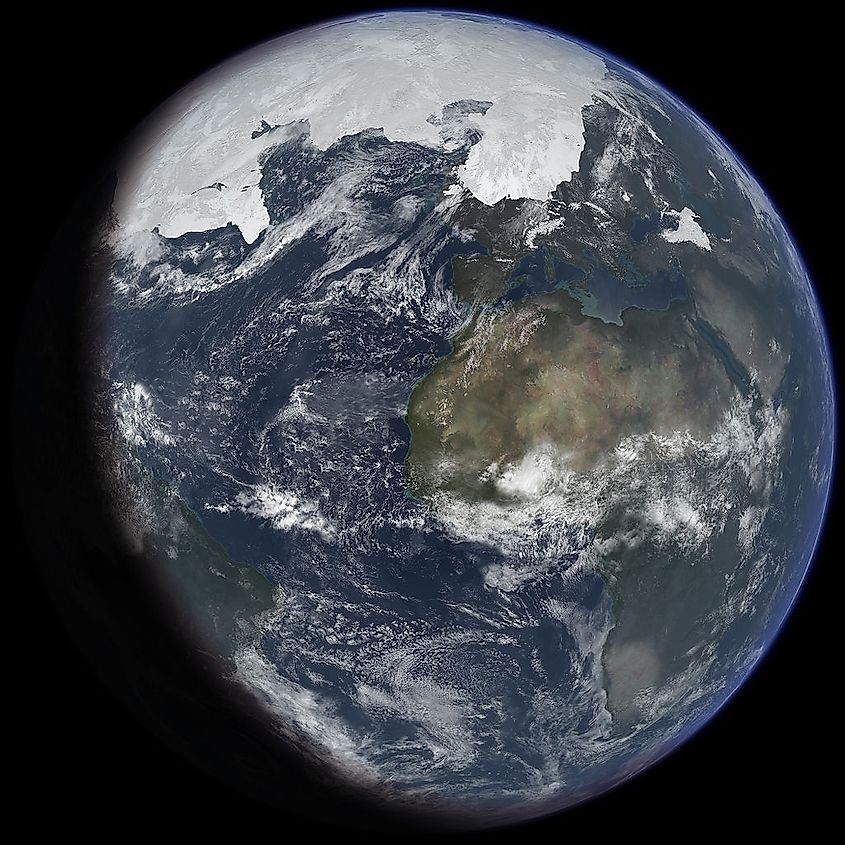
Quarternary Ice Age: Over 20 million years ago, an ice sheet over Antarctica began to grow, bringing us to the current ice age, which started 2.58 million years ago. The spread of ice sheets began in the late Pliocene in the Northern Hemisphere. Since then, the Earth has fluctuated between glacials and interglacials, with ice sheets advancing and retreating.
Today the remains of the ice sheets are the Greenland and Antarctic ice sheets. Learning about major Ice Ages of the past lets us know more about the Earth and better understand what might happen in the future.











